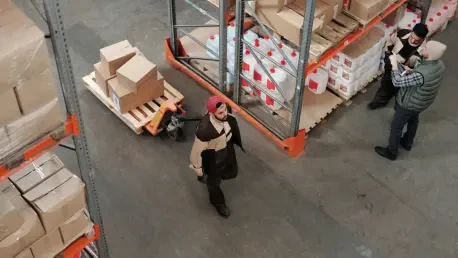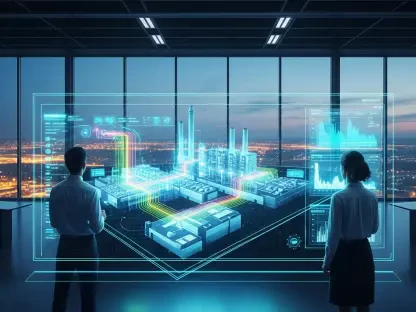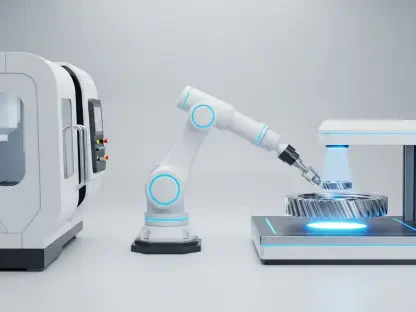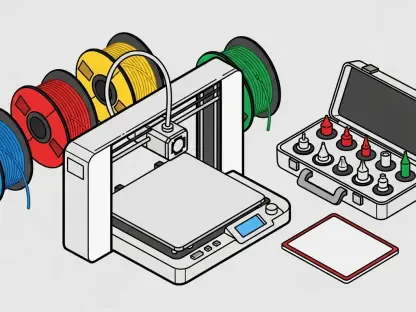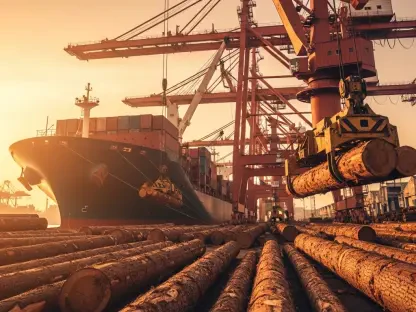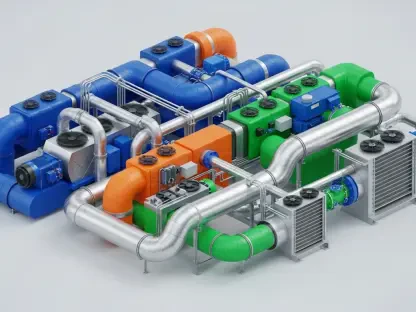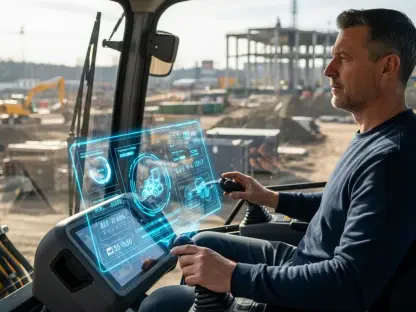I’m thrilled to sit down with Kwame Zaire, a renowned manufacturing expert with a deep focus on electronics, equipment, and production management. With his extensive experience and thought leadership in predictive maintenance, quality, and safety, Kwame offers invaluable insights into navigating the complexities of today’s global supply chains. In this interview, we dive into the challenges posed by escalating tariffs, the strategic shifts toward nearshoring and technology adoption, and the delicate balance of cost, quality, and partnerships in an ever-changing landscape.
How have the recent tariffs on Chinese imports, particularly those reaching up to 60%, impacted your operations in the manufacturing sector?
These tariffs have hit us hard, especially since a significant portion of our electronics components and equipment parts have historically come from China. The cost increases are staggering, forcing us to rethink our entire supply chain. For instance, certain circuit boards we rely on have seen tariffs push costs up by nearly 50%, which directly affects our bottom line. It’s not just about absorbing the cost—it’s about figuring out how to stay competitive without compromising on quality or delivery timelines.
Can you share a specific product or category in your portfolio that’s been hit hardest by these tariff increases?
Absolutely. Our line of industrial control panels has taken the biggest hit. These panels rely heavily on imported microchips and wiring harnesses from China, and with tariffs in the 60% range, the cost to produce each unit has skyrocketed. We’ve had to reevaluate everything from sourcing to assembly just to keep these products viable in the market.
What strategies are you employing to manage these extra costs without passing them directly on to your customers?
We’re getting creative. One approach has been to optimize our internal processes—think lean manufacturing on steroids. We’re also diversifying our supplier base to include vendors from countries with lower or no tariffs. On top of that, we’re investing in automation to reduce labor costs. The goal is to absorb as much of the impact as we can while maintaining our price points, though it’s a constant balancing act.
How are you leveraging technology or tools to keep costs down in the face of these tariff pressures?
Technology has been a game-changer for us. We’ve adopted predictive maintenance software that helps us anticipate equipment failures before they happen, cutting downtime and repair costs significantly. We’re also using supply chain intelligence platforms to identify cost-saving opportunities in real time, like optimizing shipping routes or finding alternative suppliers. These tools don’t just save money—they give us a clearer picture of where we stand operationally.
With retail partners often refusing to absorb tariff costs, how are you approaching these tough conversations with them?
It’s tricky, no doubt. We start by being transparent about the numbers—showing them exactly how tariffs are impacting our costs. From there, we explore collaborative solutions, like joint promotions or bulk ordering to spread the burden. But honestly, it’s a hard sell. Retailers are under their own pressures, so we’ve had to focus on building trust and proving that we’re doing everything possible on our end to mitigate the impact.
Have you considered nearshoring or reshoring operations to regions like Southeast Asia, India, or even closer to home in Mexico or Canada as a response to tariffs?
Yes, we’ve been seriously looking into nearshoring, particularly in Mexico, due to its proximity and trade agreements. We’ve also explored options in Vietnam for some of our electronics assembly. The idea is appealing because it reduces dependency on China and potentially lowers tariff exposure. However, it’s not a simple fix—there are infrastructure challenges, labor skill gaps, and the upfront costs of relocation to consider.
What are some of the biggest challenges you’ve encountered or anticipate when thinking about relocating operations to these regions?
One major challenge is quality control. China has set a high bar for manufacturing consistency, and replicating that in a new region takes time and investment. Infrastructure is another hurdle—some locations lack the reliable power or logistics networks we need for efficient production. Then there’s the cultural and regulatory learning curve. Each country has its own way of doing business, and navigating that while maintaining our standards is a significant undertaking.
Given that moving operations doesn’t always guarantee savings, especially with global price jumps in materials like steel, how are you tackling this uncertainty?
We’re focusing on flexibility. Instead of committing fully to one location, we’re diversifying across multiple regions to spread the risk. We’ve also started locking in long-term contracts with suppliers to secure pricing, even if it’s a bit higher upfront, because predictability is worth it. Additionally, we’re keeping a close eye on global market trends for raw materials to anticipate price swings and adjust our sourcing strategies accordingly.
Technology is often touted as a key solution for staying competitive despite tariffs. What specific tech innovations are you exploring or implementing in your operations?
We’re heavily invested in AI-driven supply chain solutions right now. For example, we’ve implemented a platform that analyzes inventory levels and demand forecasts to prevent overstocking, which has cut carrying costs dramatically. We’re also using IoT devices on our production lines to monitor equipment health in real time, reducing unexpected breakdowns. These technologies aren’t just cost-savers—they’re helping us stay agile in a volatile market.
Looking ahead, what’s your forecast for the future of global supply chains in light of ongoing tariff challenges and other disruptions?
I think we’re in for a period of constant adaptation. Tariffs are just one piece of the puzzle—geopolitical tensions, climate issues, and labor shortages will continue to disrupt supply chains. My forecast is that companies who invest in resilience—through technology, diversified sourcing, and strong partnerships—will come out ahead. We’ll see more regionalization of supply chains as businesses prioritize proximity over pure cost savings. It’s not going to be easy, but those who embrace proactive strategies will be better positioned to weather whatever comes next.
